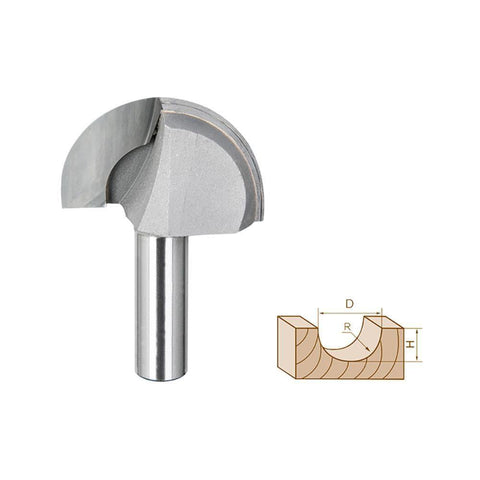Router For Tongue And Groove
Unlocking Woodworking Potential: The Versatility of Routers for Tongue and Groove Joinery
Routers are indispensable tools in woodworking, and their ability to create precise tongue and groove joints makes them particularly valuable for a range of projects. This joint type is renowned for its strength and durability, making it a preferred choice for flooring, paneling, cabinetry, and various furniture designs. Utilizing a router for tongue and groove joinery not only streamlines the construction process but also enhances the aesthetic appeal of finished products. Understanding how to effectively use a router for this purpose can significantly elevate a woodworker's craftsmanship.
The tongue and groove joint consists of two pieces of wood, where one piece features a protruding "tongue" that fits snugly into a corresponding "groove" on another piece. This configuration provides a large gluing surface and creates a strong, interlocking bond. When executed correctly, tongue and groove joints are not only structurally sound but also provide a seamless appearance that enhances the beauty of the wood. While traditional methods like hand-cutting can achieve this joint, using a router simplifies the process and delivers consistent results.
Routers equipped with specific bits designed for tongue and groove joinery make creating these joints efficient and straightforward. The two primary types of bits needed are a tongue bit and a groove bit. The tongue bit is designed to cut the protruding tongue on one board, while the groove bit creates the corresponding recess on the adjacent board. This dual-bit approach ensures that both components of the joint fit together perfectly, facilitating a strong and visually appealing bond. Most woodworking supply stores offer a variety of router bit sets tailored specifically for tongue and groove applications, allowing woodworkers to choose the right bits for their projects.
One of the most significant advantages of using a router for tongue and groove joints is the precision it offers. Routers allow woodworkers to make consistent cuts, which is crucial for achieving tight-fitting joints. A well-cut tongue and groove joint should fit snugly without any gaps, ensuring a strong bond and an aesthetically pleasing finish. Hand-cutting can lead to inconsistencies and imprecision, resulting in joints that are difficult to assemble or that compromise the overall appearance of the project. Routers eliminate much of this variability, enabling even novice woodworkers to produce professional-quality results.
In addition to precision, routers provide speed and efficiency. The time spent cutting tongue and groove joints using traditional methods can be significant, especially for larger projects that require multiple joints. Routers streamline this process, allowing woodworkers to quickly create multiple joints without sacrificing quality. This efficiency is particularly beneficial for large-scale projects, such as flooring installations or paneling, where numerous joints are necessary. By speeding up the joinery process, routers enable woodworkers to focus on other aspects of their projects, ultimately increasing productivity and satisfaction.
Another essential aspect of using routers for tongue and groove joints is the versatility they offer. While typically associated with paneling and flooring, tongue and groove joints can be applied to various woodworking projects, including cabinetry, furniture, and decorative wall installations. The ability to create this joint with a router expands the creative possibilities for woodworkers, allowing them to experiment with different materials and designs. Additionally, routers can be adjusted for depth and width, enabling woodworkers to customize their joints to suit specific project requirements.
Safety is a paramount concern when using routers, and taking the proper precautions is essential for a successful project. Always ensure that the router is equipped with the correct bit and that it is securely fastened. Using a router table can enhance safety and precision, providing better control over the workpiece and the router. Wearing protective gear, such as safety glasses and ear protection, is also crucial to safeguard against potential hazards. Taking the time to set up the router correctly and following safety guidelines will help ensure a smooth and successful woodworking experience.
For those new to using routers for tongue and groove joinery, practice is key. Working on scrap wood before tackling final pieces allows woodworkers to familiarize themselves with the router's handling and the characteristics of the bits. This practice can help refine techniques and build confidence before committing to more complex projects.
In summary, routers for tongue and groove joinery offer a combination of precision, efficiency, and versatility that enhances woodworking projects. By leveraging these tools, woodworkers can achieve strong, visually appealing joints that elevate the overall quality of their craftsmanship. Whether working on cabinetry, flooring, or custom furniture, understanding how to effectively use routers for tongue and groove joints is a valuable skill that can transform a woodworker's approach to design and construction. With practice and the right techniques, anyone can unlock the full potential of their woodworking projects and create stunning results.

Copyright 2022 | All Rights Reserved | Powered by Inventive Infosoft
 Bhasins International School
Bhasins International School